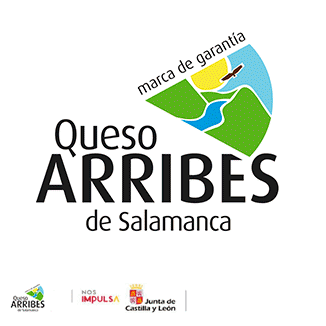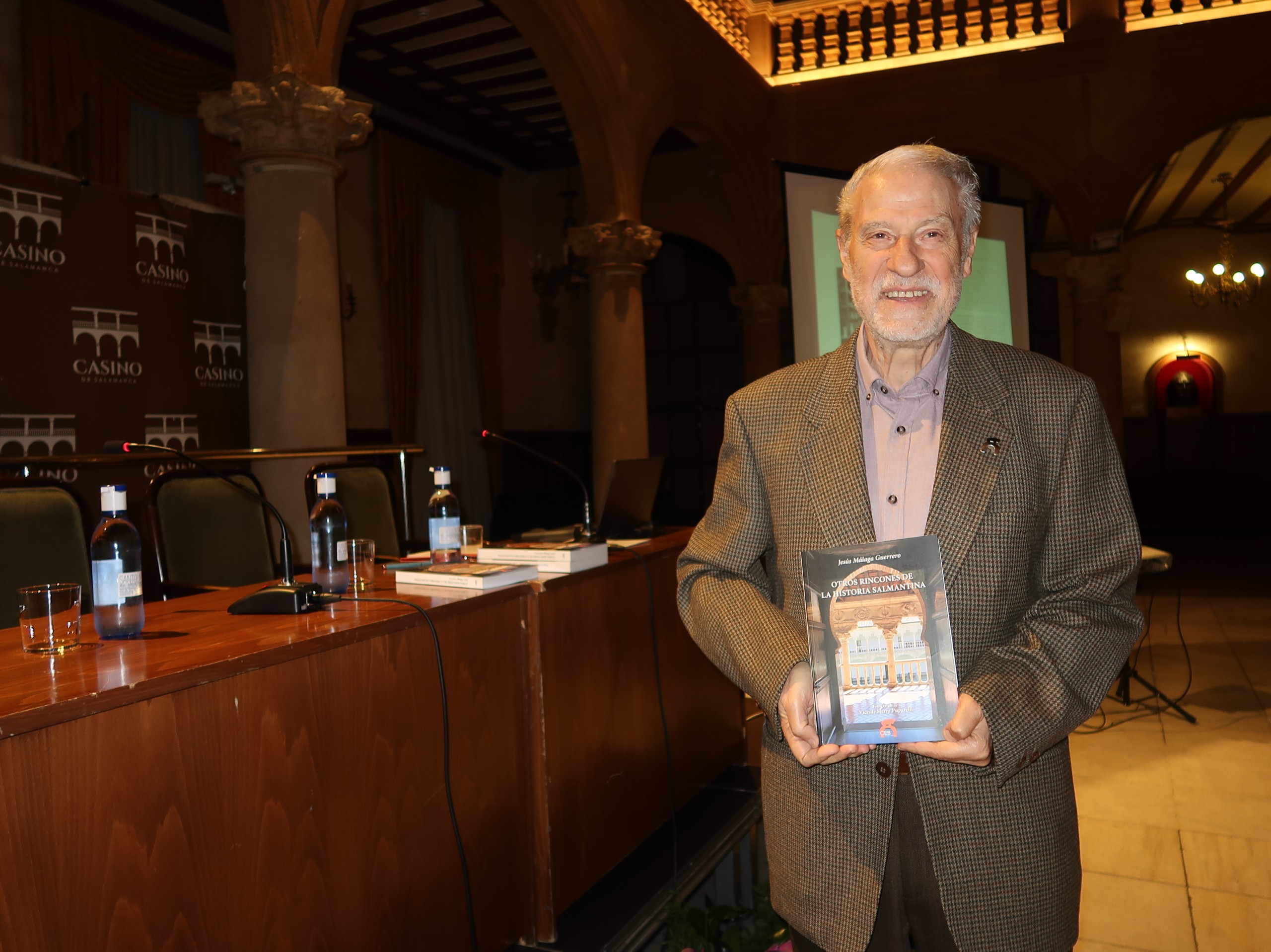ESTUDIO DE LA HUELLA AMBIENTAL DE LA ORGANIZACIÓN: EVALUACIÓN DEL IMPACTO
La cuantificación de las presiones existentes sobre el medioambiente debe ser conocidas con el máximo detalle posible para poder realizar un correcto estudio de huella ambiental. Esta evaluación de impacto es complementaria a cualquier otra ya que añade la perspectiva del ciclo de vida, muy valiosa para poder entender en profundidad las repercusiones ambientales de las actividades de las organizaciones.
Para ello, se debe establecer los flujos de huella ambiental caracterizando las entradas y salidas de materia y energía de todos aquellos procesos y actividades inventariados previamente en el perfil establecido. Aquellos, deben ser conformes al sistema de clasificación establecidos por la Unión Europea.
La caracterización consiste en determinar la magnitud de cada flujo para cada una de las categorías de impacto de Huella Ambiental y representa la intensidad del impacto.
Además, si añadimos, de manera opcional, la normalización y la ponderación de estos datos para obtener la magnitud de contribución y la importancia relativa de percepción de las categorías establecidas, la cuantificación de los impactos podrá ser comparable entre cualquier organización del mismo sector y actividad.
“Cada momento es un momento de creación, y cada momento de creación encierra infinitas posibilidades. Puedo hacer las cosas como siempre o evaluar todas las demás posibilidades, intentar algo nuevo y distinto, potencialmente más gratificante”. (Shakti Gawain)
STUDY OF THE ENVIRONMENTAL FOOTPRINT OF THE ORGANIZATION: IMPACT ASSESSMENT
The quantification of existing pressures on the environment must be known in as much detail as possible in order to carry out a proper study of the environmental footprint. This impact assessment is complementary to any other because it adds the perspective of the life cycle, very valuable to be able to understand in depth the environmental repercussions of the activities of the organizations.
For this, the environmental footprint flows must be established characterizing the inputs and outputs of row materials and energy of all those processes and activities previously inventoried in the established profile. Those must conform to the classification system established by the European Union.
The characterization consists in determining the magnitude of each flow for each of the Environmental Footprint impact categories and represents the intensity of the impact.
In addition, if we optionally add the standardization and weighting of these data to obtain the magnitude of contribution and the relative importance of perception of the established categories, the quantification of impacts may be comparable between any organization in the same sector and activity.
“Every moment is a moment of creation, and every moment of creation contains infinite possibilities. I can do things as usual or evaluate all other possibilities, try something new and different, potentially more rewarding”. (Shakti Gawain).
Antonio González Losa























